Sciatica, a global health problem
Low back pain is one of the most frequent health problems in Western countries, with a prevalence of 80%.
Risk factors related to the lifestyle, smoking, and excess body mass increase the risk of developing chronic low back pain, as well as the probability of consulting a physician for this cause. In addition, smoking and overweight/obesity are directly related to an increased risk of suffering lumbar radiculopathy and of being hospitalized for sciatica.
Sciatica is considered a clinical syndrome rather than a specific disease or subgroup of low back pain whose prevalence is 4% to 5% in the adult population, which is low in comparison. Its symptomatology is characterized by irradiation of pain to the leg (especially in the areas below the knee, foot and toes), often accompanied by sensory and/or motor changes. (Valat JP et. al, 2010)
Compression of the sciatic nerve root, commonly caused by a herniation of the intervertebral disc, is considered the most frequent cause of sciatica. However, lumbar stenosis, spondylolisthesis and the presence of tumors or cysts are also possible causes.
The real problem is thatpeople with sciatica tend to have a worse prognosis than other patients with low back pain, with a higher risk of work disability and a higher use of health care resources. (Konstantinou K et al. 2013). And, while it appears to have a favorable natural resolution for most patients, between 20% and 30% of patients continue to experience pain for 1 year or longer.
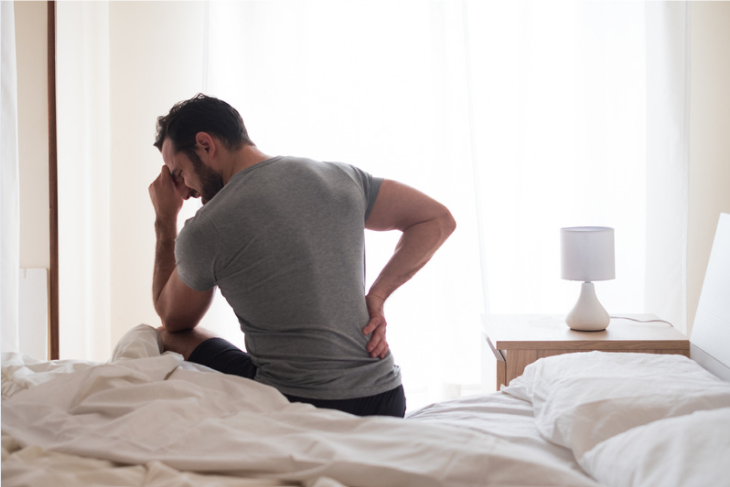
Treatment for sciatica, rest or exercise?
There are numerous treatment options when dealing with a patient with sciatica.
Normally, during the first 6 to 8 weeks, it is recommended to observe the patient and initiate non-surgical treatment to reduce pain, through analgesics and the use of physiotherapy techniques that include the prescription of therapeutic exercise and patient activation.
In the 1990s, bed rest was still thought to be an effective solution and even today we will encounter patients who are reluctant to adhere to an active treatment model. Howeber, current clinical guidelines for the management and treatment of sciatica suggest the need to create a system of patient monitoring and education to better understand the symptomatology of their pathology and to ensure that they adhere to an active lifestyle. (Fernández M et al. 2015)
There is evidence that the implementation of physical activity habits, such as walking or cycling to work, regardless of body weight, and other leisure activities, protect against hospitalization for sciatica. Shiri R et al. conducted a systematic review in 2016 in which they concluded that a moderate or high level of leisure-time physical activity protects against lumbar radicular pain and chronic low back pain only in 11%-16%, which supports the choice of a low-intensity type of exercises for this type of pathologies.
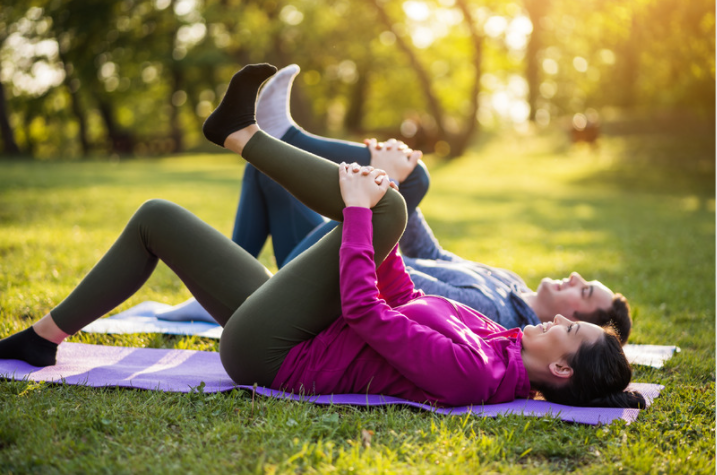
So, what are the best exercises for sciatica?
The exercises of choice for a case of sciaatalgia should include stretching and mobilization which should include the practice of neurodynamics, core strengthening and structures related to lumbar protection and mobilization and the implementation in daily life of the habit of walking or cycling, both low-impact aerobic exercises that will improve the patient’s symptomatology.
From TRAK here are 5 exercises that should not be missing in your protocol for sciatica. Be aware that any maneuver involving hip flexion with knee extension will reproduce the symptoms:
- Neurodynamics for the sciatic nerve: sitting in a chair, the patient drops the torso and performs cervical flexion while performing knee extension until he/she feels tightness in the back of the leg. Then move the ankle into plantar and dorsal flexion for about 10 repetitions.
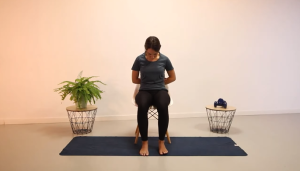
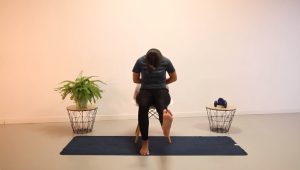
- Cat-Camel: in the quadruped position, the patient pulls his belly inward, raising his dorsal spine without moving his hands and legs. Then slowly lowers the spine while raising the head.
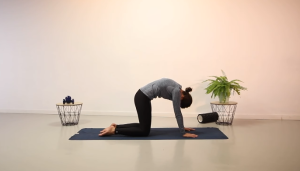
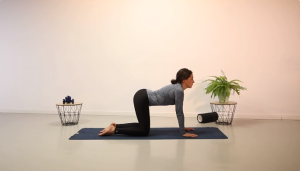
- Isometric abdominal crunches with balance: lying on a mat and with the knees bent, the patient slightly raises his torso without taking the lumbar spine off the ground and performs oscillations as if he wanted to touch his heels with the tips of his fingers.
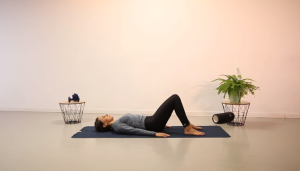
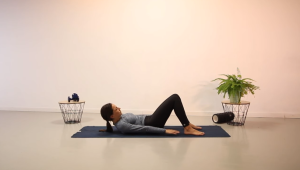
- Gluteal bridge: lying on a mat with knees bent, the patient raises his hips without lifting his feet off the ground, aligning them with his knees and holds for a few seconds. He then returns to the initial position.
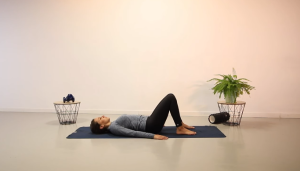
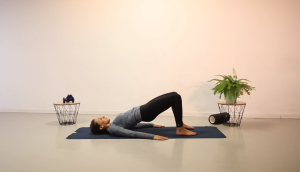
- Seated gluteal stretch: sitting on a chair, the patient crosses the affected leg over the contralateral leg as in the example. The patient then presses the knee slightly downward while feeling the stretch in the gluteal area.
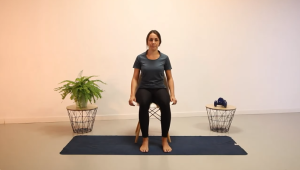
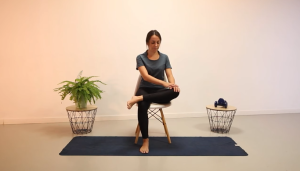
Stay tuned to our news to learn more about digital rehabilitation and physiotherapy!!!!